Early childhood educators all over the world have realized that high-quality relationships are fundamental to a child’s overall social and academic success. Loris Malaguzzi, the leading force in the development of the Reggio Emilia approach to early childhood education, described relationships as the primary connecting dimension of their system, and any system for young children https://www.reggioalliance.org/downloads/malaguzziyoungchildren.pdf.
High-quality relationships are grounded in reciprocal respect and are more than just warm connections to people in a classroom.  They are a dynamic part of the school day and extend to include the relationship children develop with time, space, environments, materials, and rituals or routines. Those relationships are all powerful pieces of a quality program for young children. They are fluid, have ebbs & flows that require skill to navigate, and require connecting exchanges between caregiver and child. Early childhood educators, including our own JTCDSC educators, recognize that relationships are not easily built and do not happen quickly. But, we also realize that warm relationships with children are fundamental to our work. It takes time and intentionality to construct relationships that are warm, supportive, and predictable.
They are a dynamic part of the school day and extend to include the relationship children develop with time, space, environments, materials, and rituals or routines. Those relationships are all powerful pieces of a quality program for young children. They are fluid, have ebbs & flows that require skill to navigate, and require connecting exchanges between caregiver and child. Early childhood educators, including our own JTCDSC educators, recognize that relationships are not easily built and do not happen quickly. But, we also realize that warm relationships with children are fundamental to our work. It takes time and intentionality to construct relationships that are warm, supportive, and predictable.
During our September Professional Educator Development Day, the teaching staff had an opportunity to participate in a workshop led by Jill Fowler Gunderman about powerful interactions that help build relationships. The goal of the training was to provide teachers with another tool for connecting with children and extending their learning. Educators participated in a combination of group discussion, individual interpretation, working in partners & small groups, and presenting their personal synthesis of information.
Together they discussed the three steps to powerful interactions outlined by Dombro, Jablon, and Stetson (2011).
A) Be present
B) Connect
C) Extend learning
Although this is already a part of our practice, we will be thinking more intently about how we can be present, connect emotionally with children and recognize the optimal condition to extend a child’s understanding of a concept. Stay tuned for more!
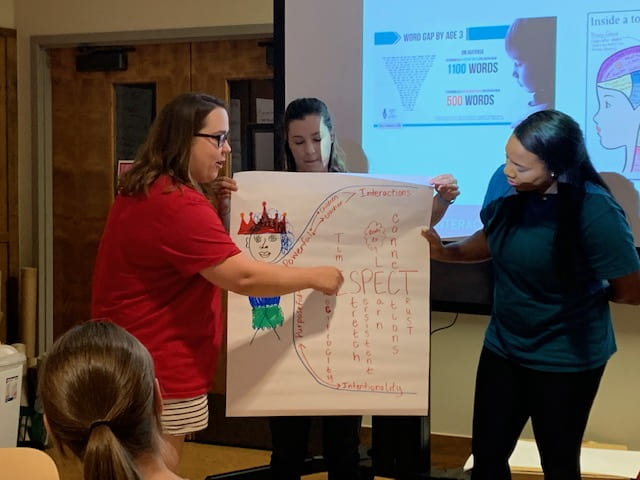
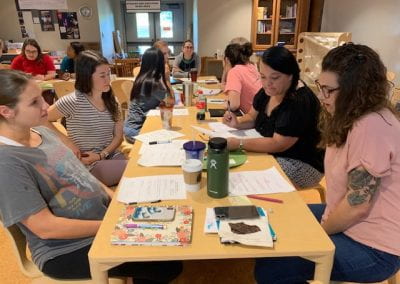
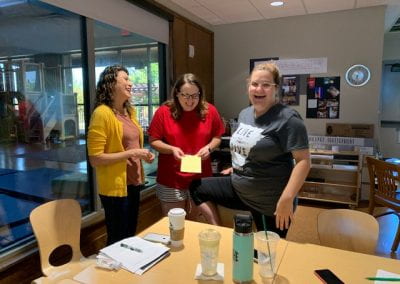
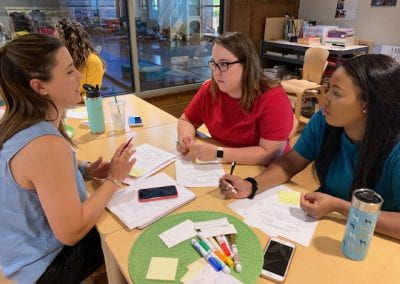
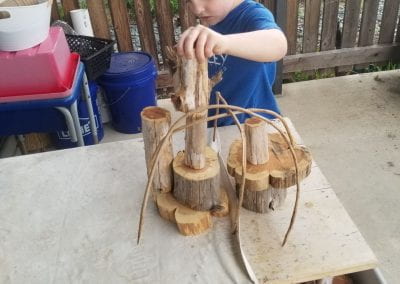
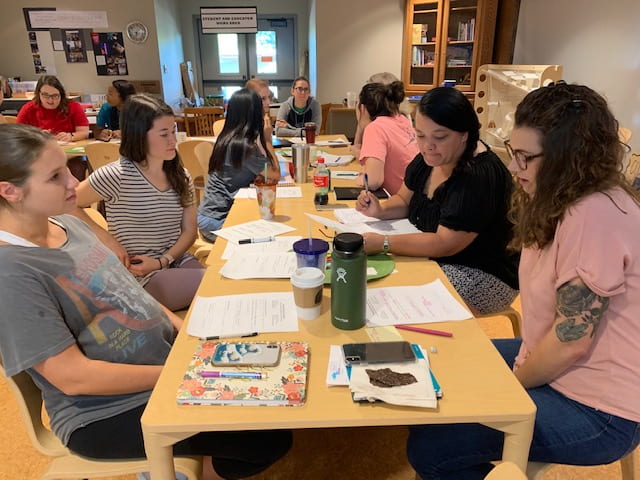
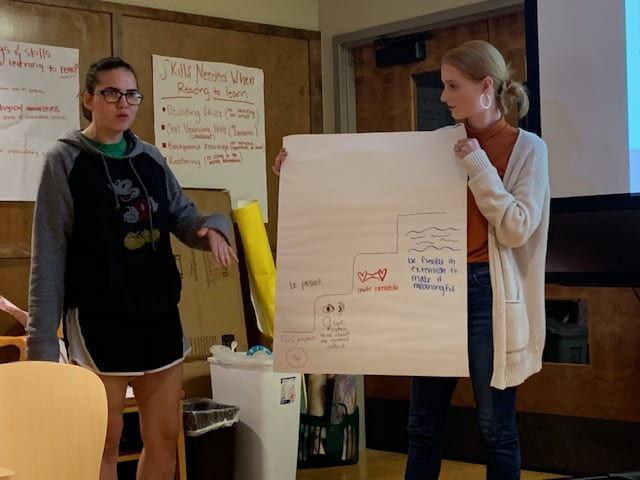
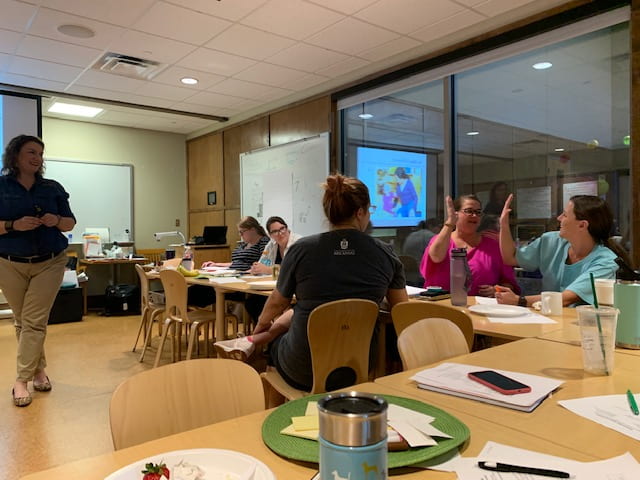
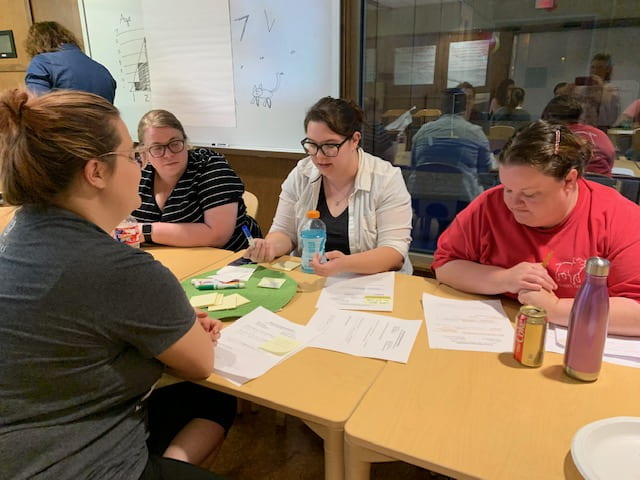
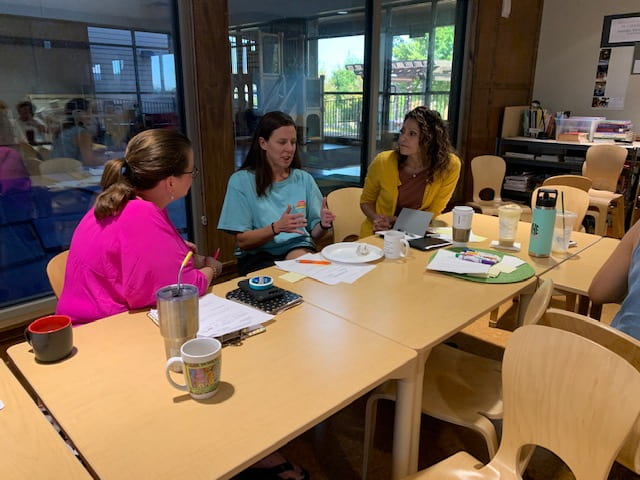
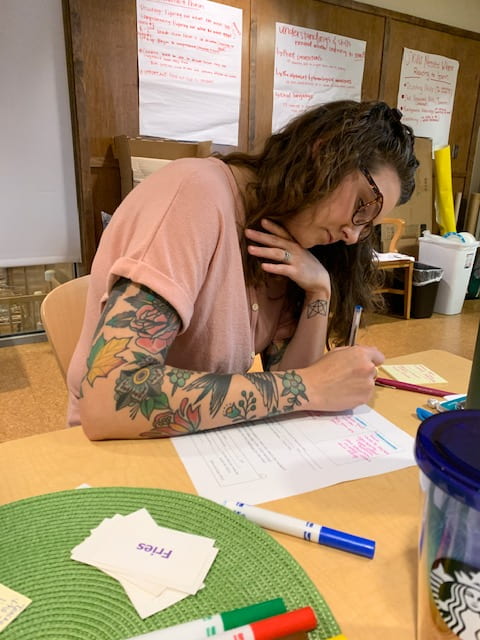
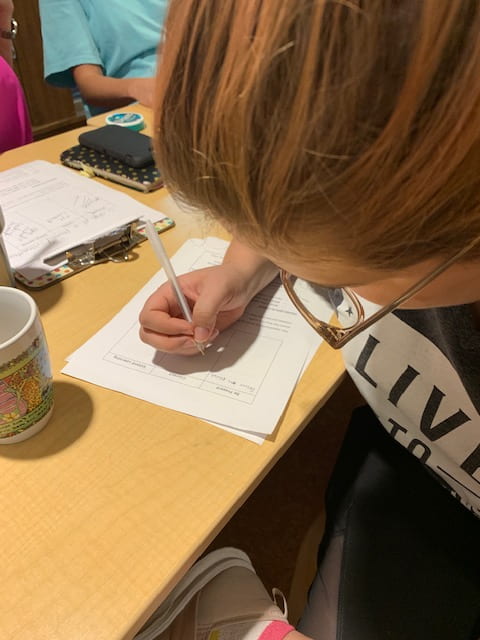
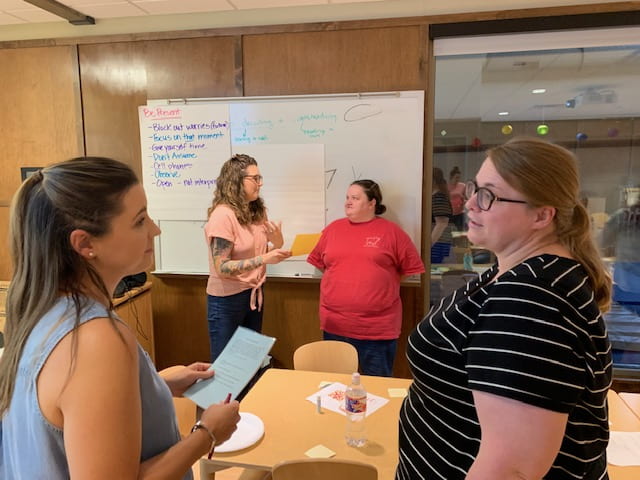
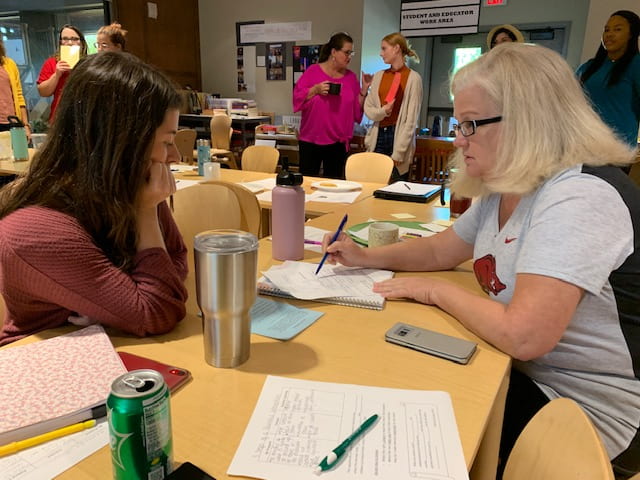
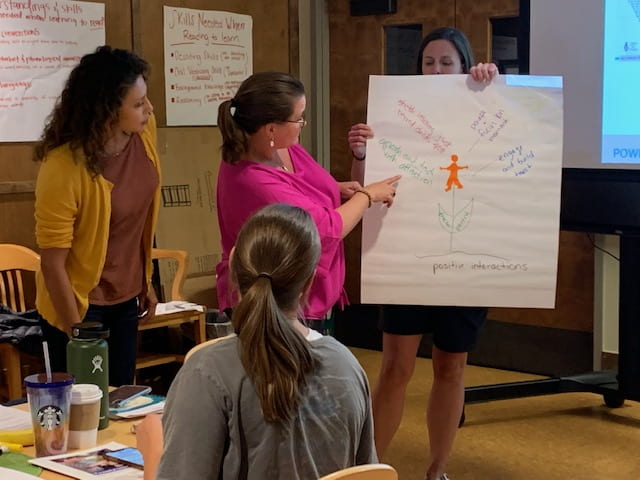
Recent Comments